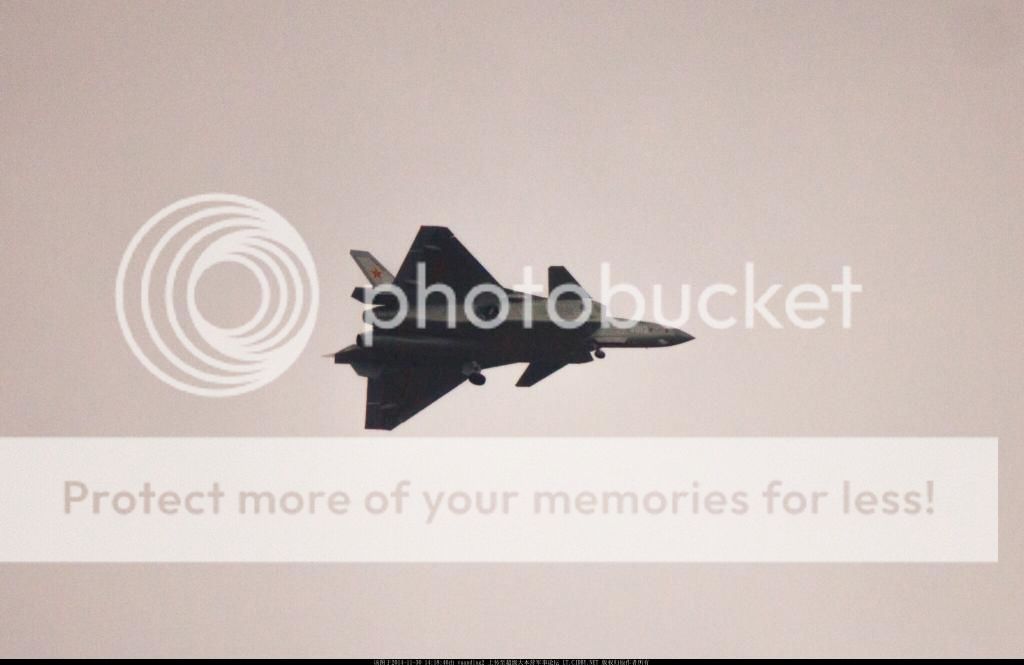The problems with re-engining planes comes up mainly because the original airframe was never designed and built with the new engine in mind, so you end up backing to make major structural redesigns to allow the old engine fairings to accept a different engine.
Its a completely different kettle of fish when the airplane was designed from the ground up to have the final engine in place, and the current one is just a stopgap measure.
The J20's engine bays would have been designed from the start to fit the diameter of the WS15. All the connection ports and load baring structures would also have been tailor made for the WS15.
Its the current AL31s that would have been jury rigged to fit the bigger bays.
When the WS15 is ready, they would need to undo the custome piping and structural mountings to allow the AL31 to fit, but that should be considerably easier than putting all that in place in the first place.
As for the lack of thrust limiting test flight. Well any limitations could be made all but irrelevant using clever testing.
The easiest thing would be to limit fuel load. They could simulate the thrust weight ratio the J20 would be with the WS15 and full combat load by starting the manuevers with only a fraction of the full fuel load.
A lot of the fuel dumping we have seen in the past few years could easily be J20s rapidly shedding weight to reach a pre-determined weight before starting certain maneuvers.
The other options asside from reducing weight is to increase thrust.
Again, we have seen a lot of pictures of J20s in afterburner. They could easily do the test fight in afterburner to get the data, but once the WS15 is ready, the J20 would be able to perform the same maneuvers in military power.
Obviously, there would still need to be test flights with the new engine once its ready, but the number of test flight and the potential impact the results might have on the final design could be minimised with measures like those above and with computer modelling to make those test flights more for validation of results rather than discovery.

